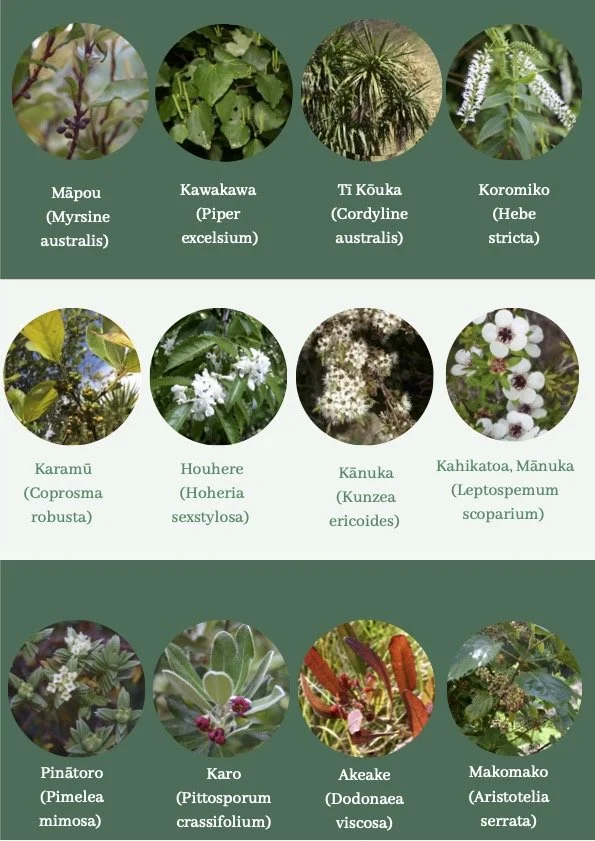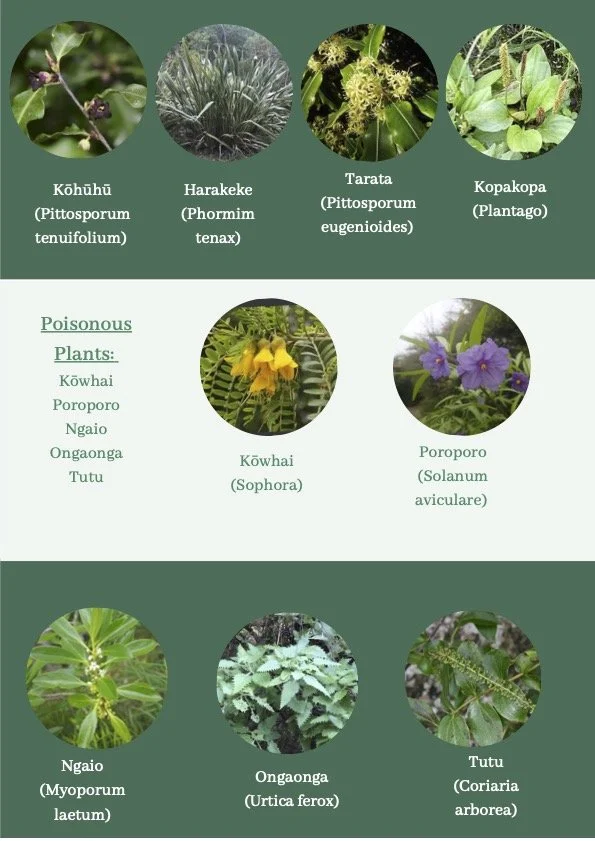Rongoā Māori
Mauri and Tapu
The concept of mauri refers to the life force or essence that flows through all living things, and maintaining it is essential to well-being.
Tapu refers to the sacredness or restriction of something, and many aspects of health, illness, and healing in Māori culture are intertwined with the understanding of tapu and the restoration of balance.
Whakapapa and Whānau
Family ties and ancestral knowledge are central in Rongoā Māori. Healing is not just about the individual, but about restoring the well-being of the whole family or community.
Knowledge of Rongoā Māori has traditionally been passed down within families, often from elders or tohunga rongoā.
Whenua
The connection to the land is crucial in Rongoā. Māori believe that the land provides both physical and spiritual nourishment.
Healing practices often involve the use of natural resources that are sustainably sourced from the environment.
Manaakitanga
The concept of manaakitanga is about showing respect, care, and hospitality to others, particularly when providing healing. It reflects the cultural value of looking after the health and well-being of others within the community.
.
Rongoā Māori is a traditional Māori system of healing that has been practiced for centuries by Māori people, the indigenous population of New Zealand. It involves a holistic approach to health, focusing on the physical, mental, emotional, and spiritual well-being of individuals. Rongoā is deeply connected to Māori culture, history, and their relationship with the land, or whenua. It includes the use of plants, rituals, and other natural resources for healing, often passed down through generations.
Holistic Healing
Rongoā Māori operates on the principle of whakapapa and whānau, understanding health as a balance between mind, body, and spirit.
Māori health considers the connection between the individual, their ancestors (tupuna), the land (whenua), and the environment.
Te Whare Tapa Whā
This is a model developed by Māori health advocate Sir Mason Durie, which outlines four key dimensions of health:
Taha Tinana (Physical Health): The well-being of the body.
Taha Hinengaro (Mental and Emotional Health): The health of the mind and emotions.
Taha Wairua (Spiritual Health): A connection to the spiritual realm, including ancestral and cultural connection.
Taha Whānau (Social Health): The well-being of family and community relationships.
Herbal Medicine (Rongoā Rākau)
Plants play a crucial role in Rongoā, with many native plants used for medicinal purposes. Examples include:
Harakeke (Flax): Used for a variety of ailments, including wounds and respiratory issues.
Kawakawa: Often used for its anti-inflammatory properties and as a tonic for digestive issues.
Mānuka: Known for its antibacterial properties, it is used in treating wounds and infections.
Herbal remedies can be taken as teas, poultices, or infusions, depending on the ailment being treated.
Spiritual and Ritual Healing
Māori healers, or rongoā practitioners, may also employ spiritual healing practices, such as karakia or chants, in their treatments.
Healing ceremonies and rituals may be performed to restore balance to the person’s life and spirit, particularly when the illness is believed to be spiritually caused.
.
Rongoā rākau
Plant remedies (Rongoā rākau) form an integral part of Rongoā Māori. Numerous native plants are used to treat a variety of conditions including colds, flu, gastrointestinal problems, genitourinary problems, aches and pains. Plants must be carefully prepared as some species are toxic if not used correctly.
The use of plant remedies does not require regulatory approval as long as they do not contain a scheduled medicine. However, as some pharmaceuticals are derived from plants, it is possible that Rongoā may contain active ingredients. As long as these pharmaceuticals are not purposely added to a remedy no restrictions apply to the use of such plants. Note that some plants, for example St Johns wort, can interact with conventional medicines.
Appropriate tikanga (customs and rites) must be observed during the collection, preparation and storage of Rongoā.
Plant material must be correctly identified, gathered from non-polluted areas and prepared safely and hygienically.
Plants are usually crushed or dried and mixed with water or ethyl alcohol.

